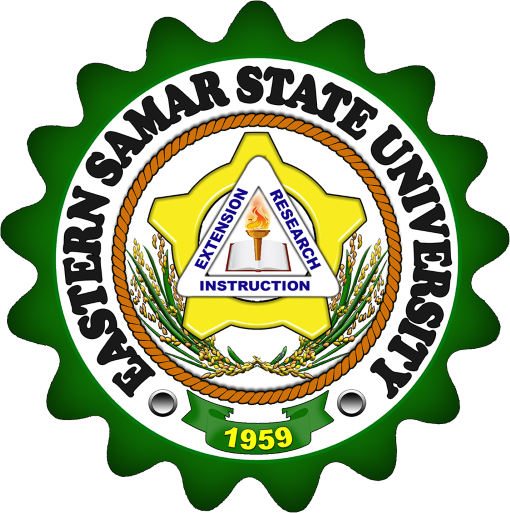ABOUT THE CONFERENCE
Resilience, at its core, embodies the capacity to withstand and adapt to shocks and stresses. It encompasses the ability of individuals, communities, and societies to not only recover from adversity but also to emerge stronger, more informed, and better equipped to confront future challenges. This resilience, however, does not exist in isolation; it is intimately intertwined with disaster risk reduction efforts that seek to minimize vulnerabilities and exposure to hazards. By mitigating risks and bolstering preparedness, we lay the foundation for a safer environment that can withstand the impacts of unforeseen events. It cannot be denied that the challenges we face are often complex and multifaceted. From the threats posed by natural disasters to the urgency of achieving sustainable development, the need to forge effective links between is of paramount importance.
In the same vein, the Sustainable Development Goals offer a visionary roadmap for global progress. These goals encompass an ambitious spectrum, ranging from eradicating poverty and hunger to promoting gender equality, clean energy, and responsible consumption and production. Recognizing that sustainable development is inherently tied to the well-being of the planet and its inhabitants, the integration of Disaster Risk Reduction (DRR) and Sustainable Development Goals (SDGs) become imperative. As communities around the globe deal with effects of disasters, both natural and man-made, and strive to attain the SDGs set forth by the United Nations, a compelling theme emerges: “Fostering Resilience: Bridging Disaster Risk Reduction and Sustainable Development Goals for a Secured Future.”
This theme encapsulates a profound recognition that the threads of resilience, disaster risk reduction and sustainable development are intricately woven together, forming the fabric of our shared pursuit for a more secured and prosperous world. It acknowledges the interplay between disaster preparedness, response, recovery, and the overarching objectives of sustainable development. As we stand at the nexus of these critical realms, it becomes evident that our strategies and actions must harmonize, intersect, and complement one another.
Bridging disaster risk reduction and sustainable development, we navigate a realm of interdisciplinary collaboration. Governments, communities, international organizations, academia, and the private sector must unite their expertise and resources. Policies must be formulated that not only acknowledge the interdependence of these agenda but actively leverage their synergies. Sustainable urban planning, resilient infrastructure, climate adaptation, and inclusive governance mechanisms are among the avenues through which this integration can unfold. This will cultivate an environment of shared knowledge, where lessons from both successes and challenges serve as beacons of guidance. By learning from the past, embracing present realities, and envisioning a resilient future, we intend to shape actionable strategies that safeguard lives, livelihoods, and the environment against the unpredictable forces of nature and human actions.
As ESSU embarks on this 10th international conference, we tried to understand that the solution we seek lie not solely in the realm of technology or policy, but in the cohesion of human spirit, dedication and ingenuity. Together, we can build a world where the impact of disasters is mitigated, communities are empowered, and sustainable development is pursued with resilience at its core.
This international conference aims to achieve the following objectives:
- Provide a platform for knowledge sharing among various sectors, including government agencies, NGOs, academia, private sector, and local communities, to foster a holistic approach to disaster risk reduction and sustainable development;
- 2. Discuss policy frameworks and advocate for the integration of disaster risk reduction into national and regional development plans, emphasizing the alignment with sustainable development objectives;
- 3. Recognize the importance of indigenous and local knowledge in disaster risk reduction and sustainable development and promote the integration of this knowledge into policies and strategies; and
- 4. Establish linkages and networks among its stakeholders, fostering collaborations that can lead to more effective disaster risk reduction and sustainable development initiatives.




